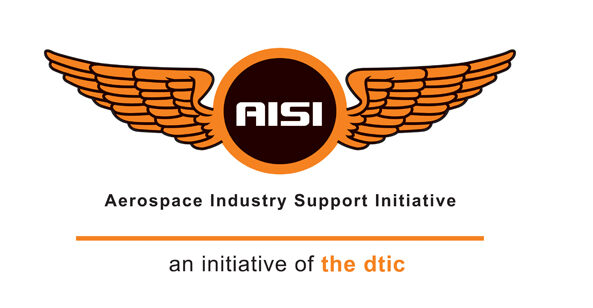Published by Engineering News
By: Keith Campbell, Creamer Media Senior Deputy Editor
Date: 30th October 2017

Photo by Nasa
An artist’s impression of Nasa’s planned low sonic boom technology demonstration aircraft
The US National Aeronautics and Space Administration (Nasa) had completed the design of, and hopes to soon build, a technology demonstrator aircraft to establish that it is possible at attenuate sonic booms to such a degree that it will permit overland supersonic commercial flight. Construction of this aircraft now just awaits the approval of the Nasa budget by the US Congress.
“Why are we working on supersonics? Why is this so important? … People want to go places, and speed is valued in that,” explained Nasa Advanced Air Vehicle Programme director Jay Dryer. He was addressing the Aeronautical Society of South Africa 2017 Conference at the Council for Scientific and Industrial Research (CSIR) International Convention Centre in Pretoria. (He also attended the Eighth Summit of the International Forum of Aviation Research hosted by CSIR Aeronautics Systems at the same venue.)
“There really is an international interest in this area,” he added. “The reason is that it connects people around the world.”
Currently, overland commercial supersonic flight is banned, worldwide, because of the noise of the sonic boom created by aircraft flying supersonically. This is like an explosion in its intensity. Only if this intensity is significantly reduced can overland non-military supersonic flight be allowed.
Research has shown that, at supersonic speeds, various parts of an aircraft’s airframe generate shockwaves. These shockwaves then coalesce, to create what is known as an N-wave, and it is this N-wave that is audible as the explosive sonic boom. The aim of Nasa’s research has been to come up with a design of aircraft that would ensure that the various shockwaves it generated at supersonic speeds would not coalesce to form an N-wave. This would result in what is called a low sonic boom aircraft.
The first step in designing such an aircraft, he pointed out, was computer modelling. This was followed by testing airframe models in wind tunnels. “We’ve done extensive work in the [wind] tunnels. This gave us a lot of confidence in our computational models.”
Initial testing in people’s responses to low sonic booms has been done, using an F-18 fighter to fly a particular diving manoeuvre, which generates a low sonic boom in one (known) direction (but focused sonic booms in other directions). This aircraft will soon be used to carry out low sonic boom tests in coastal communities in the US (so that the full-scale booms will be directed out to sea).
But such coastal tests will not, in themselves, be adequate to prove the concept. Hence the need for the dedicated test aircraft, or X-plane in US terminology. This will be a manned aircraft, so that it can easily (in terms of air safety regulations) be operated over populated areas (which is the whole point of the programme).
It will have a maximum speed range around 1.6 times the speed of sound (Mach 1.6, in aviation terminology), which will allow the use of aluminum in the airframe and so keep costs down. Although the airframe itself will be new, as many systems and subsystems as possible will be taken from existing production aircraft, also to reduce costs.
Nasa’s schedule is that the aircraft will start flying at the end of US financial year (FY) 2020 or the start of FY 2021. A US FY starts on 1 October every year. Nasa is eager to attract international cooperation for this programme. The agency stresses that the aircraft is a demonstrator, not a prototype. Any low sonic boom commercial prototype aircraft would have to be developed by industry.
